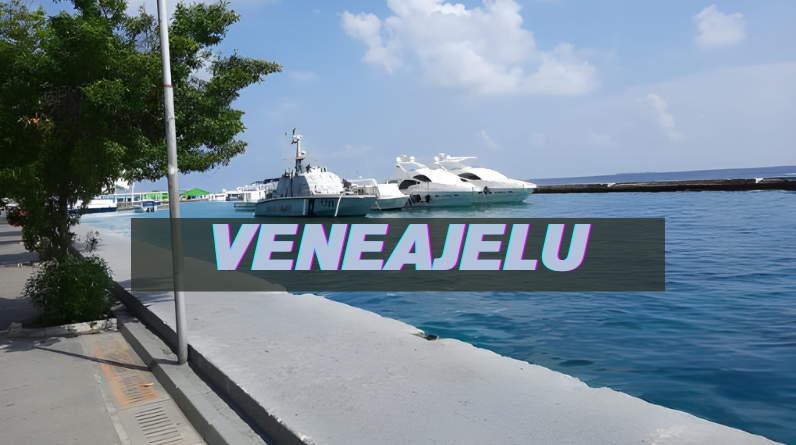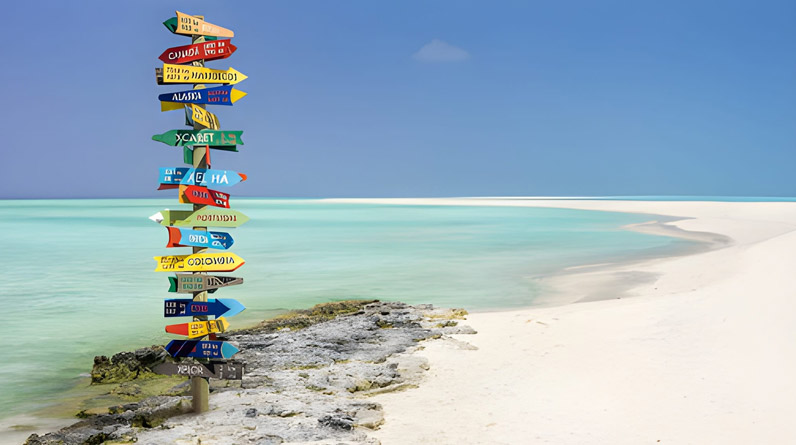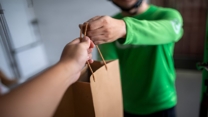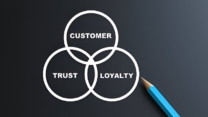
Veneajelu: Discovering Finland’s Transformative Water Journey Tradition
In a world increasingly dominated by high-speed travel and digital connectivity, Finland offers a compelling alternative—veneajelu. This centuries-old tradition of mindful boat journeys represents far more than simple transportation across water. It embodies a philosophy of connection, reflection, and harmony that modern travelers are rediscovering as an antidote to contemporary life’s relentless pace.
While the word veneajelu translates literally as “boat ride” (from vene meaning boat and ajelu meaning ride), this simple translation fails to capture the profound cultural significance embedded within this Finnish tradition. Understanding veneajelu means understanding Finland itself—a nation where water shapes identity, community, and daily life in ways that few other countries experience.
The Deep Roots of Veneajelu in Finnish Identity
Finland’s relationship with water is extraordinary. With over 180,000 lakes dotting its landscape and an extensive archipelago system comprising more than 20,000 islands, water is not merely a geographic feature—it is the thread that weaves through Finnish history, economy, and culture.
From Necessity to Cultural Treasure
Historically, veneajelu served essential practical purposes. For centuries, Finnish communities relied on boat travel for:
- Trade and commerce between isolated lakeside villages
- Transportation across regions with limited road infrastructure
- Fishing expeditions that sustained local economies
- Communication between island communities in the archipelagos
As modern infrastructure developed, veneajelu evolved from necessity into something more profound—a deliberate choice to connect with nature, heritage, and community. Today’s veneajelu represents a conscious rejection of hurried modernity in favor of contemplative engagement with the natural world.
The Philosophy Behind the Journey
What distinguishes veneajelu from casual boating is its underlying philosophy. This tradition embraces several core principles that reflect broader Finnish values:
- Sisu—the Finnish concept of determination and resilience, applied to navigating challenging waters
- Respect for nature—recognizing humanity’s place within, not above, the natural environment
- Mindfulness—being fully present in the moment, attuned to water, wind, and surroundings
- Community connection—strengthening bonds through shared experiences on the water
The Multidimensional Benefits of Veneajelu
Modern research increasingly validates what Finnish people have intuitively understood for generations—that spending time on water offers profound benefits across multiple dimensions of wellbeing.
Physical Health Advantages
Engaging in veneajelu, particularly when rowing or paddling traditional vessels, provides measurable physical benefits:
| Activity Type | Calories Burned (per hour) | Primary Muscle Groups |
|---|---|---|
| Traditional rowing | 400-600 | Back, arms, shoulders, core |
| Kayaking | 350-500 | Upper body, core, legs |
| Sailing (active) | 200-400 | Core, arms, legs |
| Leisurely motorboat journey | 100-150 | Minimal, focus on relaxation |
Beyond calorie expenditure, the fresh air and natural light exposure during veneajelu enhances vitamin D production, supports circadian rhythm regulation, and boosts overall immune function.
Mental and Emotional Wellness
The psychological benefits of veneajelu align closely with emerging research on “blue space therapy”—the healing effects of being near, in, on, or under water. Participants in veneajelu consistently report:
- Significant reduction in stress hormone levels
- Enhanced mood and decreased symptoms of anxiety
- Improved focus and mental clarity
- Deeper sense of connection to self and surroundings
The rhythmic motion of boats creates a naturally meditative state, similar to the effects of walking meditation or breathing exercises. This gentle, repetitive movement helps quiet mental chatter and promote present-moment awareness.
Social Connection and Generational Bonding
In Finnish culture, veneajelu serves as a powerful vehicle for strengthening family bonds and passing traditions across generations. Summer cottages along lakeshores become gathering places where grandparents teach grandchildren navigation skills, fishing techniques, and water safety—knowledge that carries both practical and symbolic significance.
Premier Veneajelu Destinations: A Regional Guide

Each region of Finland offers distinct veneajelu experiences, shaped by unique geography, ecology, and local culture.
Saimaa Lake Region: The Crown Jewel
As Finland’s largest lake system, Saimaa provides unparalleled opportunities for extended veneajelu adventures. Spanning over 4,400 square kilometers, this labyrinthine waterway features:
- Countless secluded coves perfect for overnight camping
- The endangered Saimaa ringed seal, one of the world’s rarest seals
- Historic canal systems connecting to the Gulf of Finland
- Traditional lakeside villages maintaining authentic Finnish culture
Best for: Multi-day expeditions, wildlife observation, photography enthusiasts
Turku Archipelago: Island-Hopping Paradise
With over 20,000 islands creating an intricate maritime maze, the Turku Archipelago offers perhaps the most varied veneajelu experience in Finland. The region features:
- Constantly changing seascapes and navigation challenges
- Rich maritime history and well-preserved island communities
- Excellent opportunities for combining sailing with cultural exploration
- Accessible day trips alongside week-long sailing adventures
Best for: Sailing enthusiasts, history buffs, adventure seekers
Helsinki Archipelago: Urban Escape
For those seeking veneajelu without venturing far from urban amenities, the Helsinki Archipelago provides the perfect balance. Located minutes from Finland’s capital, this area offers:
- Quick access for half-day or evening excursions
- Well-maintained marinas and support facilities
- Island restaurants and cafes combining nature with gastronomy
- Historic sea fortresses like Suomenlinna UNESCO World Heritage Site
Best for: First-time participants, families with young children, weekend warriors
Päijänne Lake: Crystal Waters and Pristine Nature
Known for having some of Finland’s clearest waters, Päijänne Lake attracts those seeking the purest veneajelu experience. The area features:
- Exceptional water quality supporting swimming and water activities
- Protected nature reserves rich in biodiversity
- Quieter waters with less commercial traffic
- Strong emphasis on sustainable tourism practices
Best for: Eco-tourists, nature photographers, meditation and wellness retreats
Veneajelu as Sustainable Tourism Model
In an era of climate consciousness, veneajelu exemplifies how tourism can operate harmoniously with environmental preservation. This traditional practice offers lessons for the broader travel industry:
Minimal Environmental Footprint
Traditional veneajelu using rowing, paddling, or sailing produces zero carbon emissions. Even when using modern motorboats, the slow-travel philosophy means reduced fuel consumption compared to high-speed watercraft. Many operators now offer electric-powered vessels, further reducing environmental impact.
Wildlife Protection Through Awareness
Veneajelu’s emphasis on quiet observation naturally protects aquatic ecosystems. The slow pace allows participants to notice and avoid sensitive areas like nesting sites, spawning grounds, and seal haul-out locations. This contrasts sharply with high-speed recreational boating that can disrupt wildlife and damage shoreline habitats.
Supporting Local Economies
Veneajelu tourism directly benefits rural and island communities through:
- Boat rental businesses, often family-operated for generations
- Lakeside accommodations and cottage rentals
- Local restaurants featuring regional cuisine
- Artisan shops and traditional craft markets
This economic model distributes tourism benefits more equitably than concentrated resort development, helping maintain authentic cultural practices and traditional livelihoods.
Planning Your Veneajelu Experience: Practical Guidance
Optimal Timing and Seasonal Considerations
While summer (June through August) represents peak veneajelu season, each period offers distinct advantages:
| Season | Advantages | Considerations |
|---|---|---|
| Summer (June-August) | Long daylight hours, warm weather, full services available | Popular destinations may be crowded |
| Early Autumn (September) | Stunning foliage, fewer crowds, pleasant temperatures | Shorter days, some services closing |
| Late Spring (May) | Ice-free waters, awakening nature, solitude | Cooler temperatures, limited services |
Essential Equipment and Preparation
Successful veneajelu requires thoughtful preparation. Beyond basic safety equipment (life jackets, first aid kit, navigation tools), consider packing:
- Layered clothing: Weather on water changes rapidly; prepare for temperature variations
- Sun protection: Sunscreen, sunglasses, and wide-brimmed hats are essential
- Waterproof bags: Protect electronics, documents, and extra clothing
- Sustenance: Energy-rich snacks, plenty of water, and traditional Finnish treats
- Observation tools: Binoculars for wildlife watching and navigation
Choosing Your Vessel Wisely
The boat selection significantly influences your veneajelu experience. Match your vessel to your goals:
- Traditional wooden rowboats: Authentic experience, excellent for short journeys and fishing
- Modern kayaks: Maneuverability, fitness benefits, intimate connection with water
- Sailing boats: Wind-powered exploration, skill development, extended trips
- Small motorboats: Accessibility for all fitness levels, ability to cover greater distances
- Electric boats: Silent operation, environmental responsibility, modern comfort
The Future of Veneajelu: Tradition Meets Innovation
As global interest in slow travel, wellness tourism, and authentic cultural experiences grows, veneajelu is positioned for renewed relevance. Several trends are shaping its evolution:
Technology Integration
Modern navigation apps, weather forecasting tools, and safety technology are making veneajelu more accessible to international visitors while preserving its contemplative essence. Smart devices help newcomers navigate safely while learning traditional skills.
Wellness Tourism Crossover
Increasingly, veneajelu is being integrated into formal wellness programs. Retreats now combine boat journeys with yoga, meditation, and nature therapy, creating comprehensive healing experiences rooted in Finnish tradition.
Sustainable Innovation
The development of solar-powered boats, advanced battery technology, and eco-friendly marina facilities ensures veneajelu can expand without compromising its environmental values. Finland is leading the way in showing how traditional practices can adopt modern technology sustainably.
Conclusion: More Than a Journey
Veneajelu represents something increasingly precious in modern life—an invitation to slow down, connect deeply, and experience the world at a human pace. It demonstrates how cultural traditions can offer profound relevance to contemporary challenges, from environmental sustainability to mental health.
Whether you’re seeking adventure, tranquility, cultural immersion, or simply a different way of moving through the world, veneajelu provides a pathway. It asks nothing more than presence, respect, and openness—and offers in return a timeless experience that resonates long after you’ve returned to shore.
In embracing veneajelu, travelers don’t just explore Finland’s waters—they participate in a living tradition that has shaped a nation’s identity for centuries. They discover that sometimes the most transformative journeys happen not at high speed toward distant destinations, but at a gentle pace across water, fully present in each moment, connected to everything around them.












